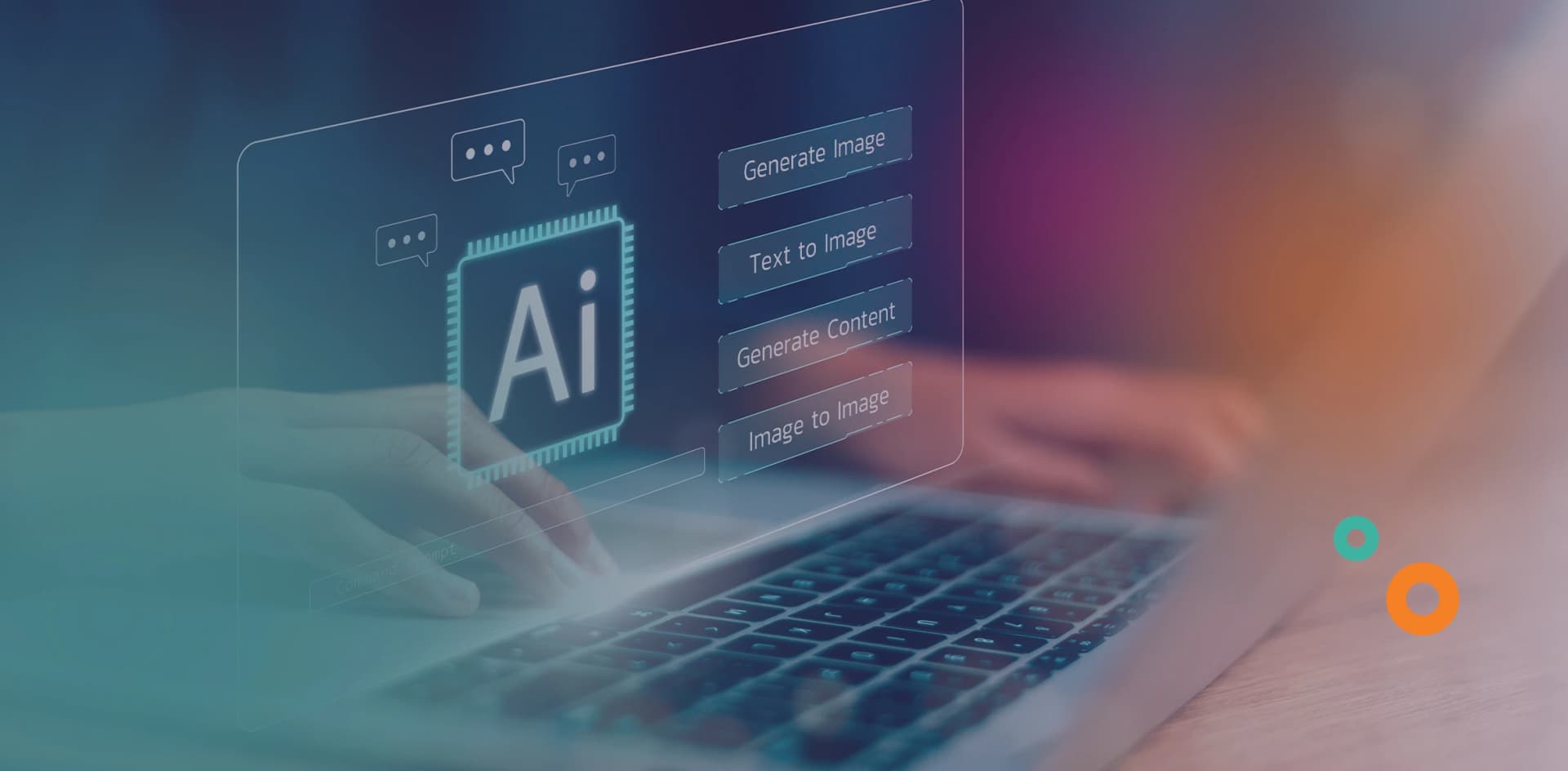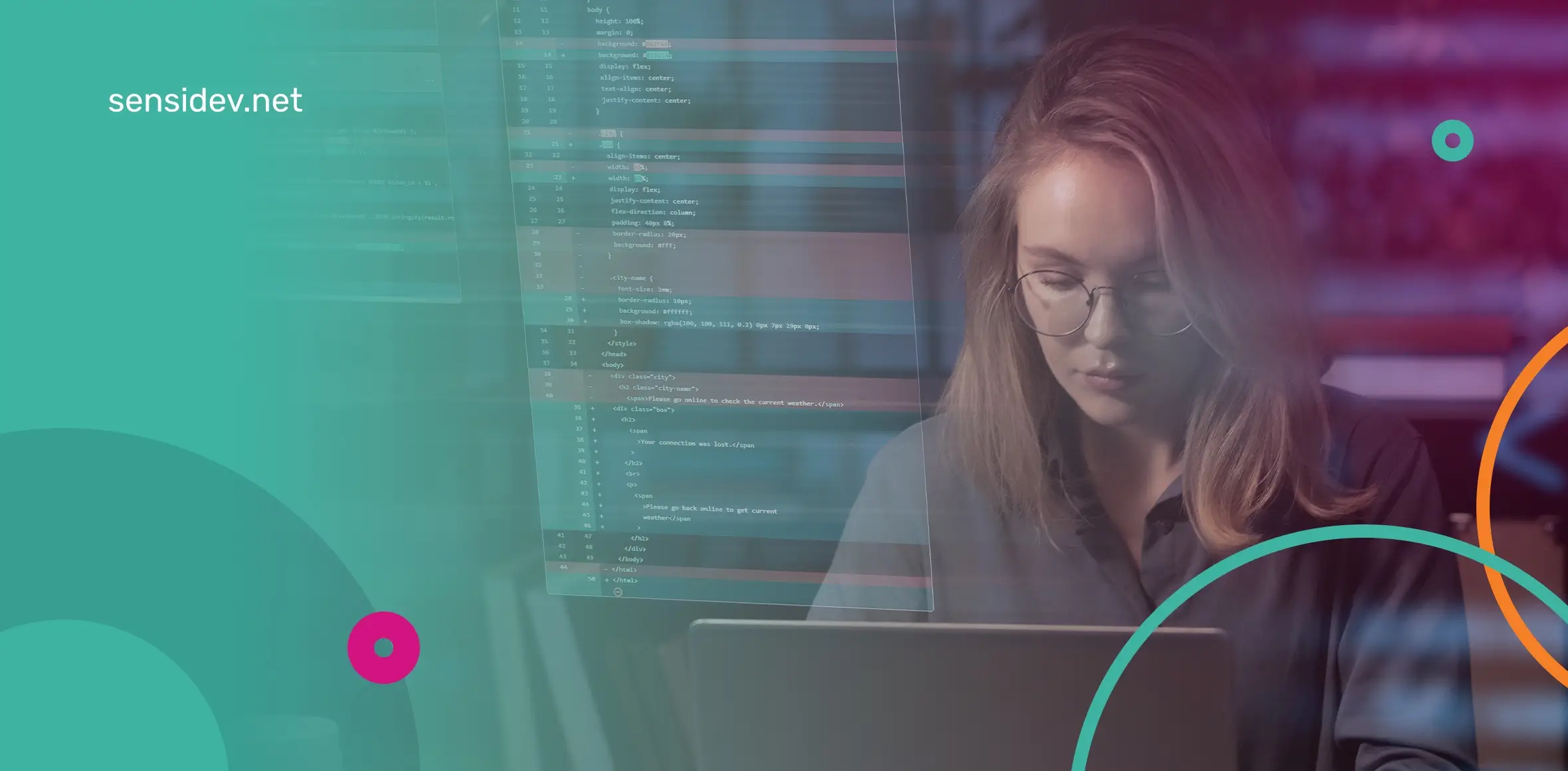
The Future of Web Development: Trends to Watch in 2024
by Iulian Arabagiu • about 1 year ago • 10 min read
As the web development landscape continues to evolve, businesses worldwide are relying more heavily on innovative technologies and practices to enhance their digital presence. For agencies like Sensidev, which offers services such as web development and app development for companies globally, staying ahead of the curve is essential. In 2024, several key trends are expected to define the future of web development, from the rise of AI and IoT to the implementation of headless CMS and serverless architecture.
1. AI Remains at the Forefront of Tech Innovation
Artificial Intelligence (AI) and Machine Learning (ML) have already revolutionized many aspects of web development, and in 2024, these technologies will continue to be at the center of innovation. They are set to enhance user experiences by automating complex processes, providing personalized content, and streamlining workflows.
AI-Driven Chatbots and predictive analytics will become more prevalent, improving customer support and engagement by tailoring web experiences to user behaviors. Generative AI, such as ChatGPT, is also being used to assist developers with code suggestions and debugging, making development cycles faster and more efficient.
For WordPress developers, AI-powered plugins will continue to grow in sophistication, allowing for better content recommendations, personalized searches, and seamless automated customer service systems. As AI becomes more accessible, businesses of all sizes will be able to integrate smart functionalities into their websites.

2. The Rise of the Internet of Behavior (IoB)
While the Internet of Things (IoT) has been a buzzword for years, the Internet of Behavior (IoB) is a new concept that combines IoT technology with behavioral psychology. By analyzing user behaviors through data collected from devices, IoB enables websites to offer highly tailored and personalized experiences.
In 2024, we expect IoB to become a critical tool for marketers and developers alike. For companies leveraging platforms like WordPress, IoT integrations via APIs and plugins will allow them to build behavior-based strategies. By understanding how users interact with devices, businesses can tailor their websites to better meet the needs of their target audience, improve engagement, and optimize marketing efforts.
3. Headless CMS Goes Mainstream
As content needs grow in complexity, the demand for headless content management systems (CMS) has surged. Unlike traditional CMS platforms, which bind the frontend and backend together, a headless CMS decouples the content creation process from its presentation, allowing for flexibility across devices and platforms.
This trend enables developers to use their preferred frontend technologies while managing content centrally. The separation between frontend and backend also allows for more innovative designs and user experiences. WordPress, for instance, is gaining traction as a headless CMS, enabling developers to manage content on the backend while utilizing cutting-edge frontend frameworks.
4. Micro Frontends Enhance Modularity
Building on the popularity of headless CMS, micro frontends are poised to expand further in 2024. Micro frontends apply the principles of microservices to frontend development, breaking the user interface into smaller, independently deployable parts. This modularity makes development more efficient, allowing teams to work on distinct parts of the site independently.
For WordPress users, micro frontends enable flexibility in design and development, facilitating updates, maintenance, and performance optimization. As developers can work on smaller, manageable sections, websites can evolve more fluidly and scale according to business needs without requiring complete overhauls.
5. Mobile Optimization Reaches New Heights
As mobile usage continues to dominate, mobile-first design will be more critical than ever in 2024. With user expectations rising, websites must be fully optimized for mobile experiences, including responsive design, faster load times, and the implementation of Progressive Web Apps (PWAs) and Accelerated Mobile Pages (AMP).
For agencies like Sensidev, prioritizing mobile development is crucial, as it ensures that clients’ websites meet the needs of mobile users across the globe. Themes and plugins must be future-proof and fully responsive, allowing businesses to engage with customers on any device.
6. Widespread Adoption of GraphQL
GraphQL, an API query language developed by Facebook, has revolutionized how developers interact with data. By allowing more efficient, precise data queries, GraphQL is rapidly replacing traditional REST APIs.
In 2024, WordPress developers will increasingly integrate GraphQL, particularly for headless implementations. The WPGraphQL plugin offers seamless integration, allowing for more tailored and flexible data queries within WordPress. This will enable developers to build dynamic, scalable applications, delivering better performance and user experiences.
7. Zero Trust Architecture (ZTA) for Web Security
With cyber threats becoming increasingly sophisticated, Zero Trust Architecture (ZTA) is emerging as a leading security model. ZTA assumes that no user or device can be trusted by default, regardless of their network or location. Continuous authentication and authorization are key to mitigating potential security breaches, making ZTA essential for businesses in 2024.
For WordPress sites, ZTA principles can be invaluable in ensuring website security, particularly when managing plugins and themes, which are common vulnerabilities. By implementing microsegmentation and least privilege access, businesses can greatly reduce the risk of security breaches, even if parts of the website are compromised.
8. Serverless Architecture and Edge Computing
2024 will see the continued expansion of serverless architecture in web development. Also known as Function as a Service (FaaS), serverless architecture allows developers to build and deploy functions without managing the underlying infrastructure. This trend enhances scalability and cost-efficiency, as businesses only pay for the exact resources used.
Serverless architecture is ideal for a variety of use cases, including image processing, IoT apps, chatbots, and notification engines. Additionally, edge computing—which decentralizes data processing and moves it closer to the source—will further minimize latency and improve real-time capabilities, particularly for resource-intensive applications.
As we move into 2024, the future of web development will be defined by the convergence of cutting-edge technologies like AI, IoB, and serverless architecture. These trends offer exciting opportunities for businesses to enhance user experiences, improve website performance, and stay competitive in a rapidly evolving digital landscape. For agencies like Sensidev, staying on top of these developments will ensure that clients remain ahead of the curve, equipped with the latest tools to succeed in the global marketplace.
By embracing these trends, businesses can build smarter, more efficient, and more secure web applications, meeting the ever-changing demands of modern users.
Ready to elevate your digital presence with cutting-edge solutions? Choose Sensidev for expertise that delivers results!
Contact us today at https://sensidev.net/ to discover how we can transform your vision into reality! Let’s innovate together!
Connect with us:
Visit us at: Mareşal Alexandru Averescu Str. no. 9, Timișoara, Romania
Web Development Agency Insights

Sensidev’s Origin Story: Taking the Leap from Stability to Innovation
by Sensidev Team • over 1 year ago• 6 min read

